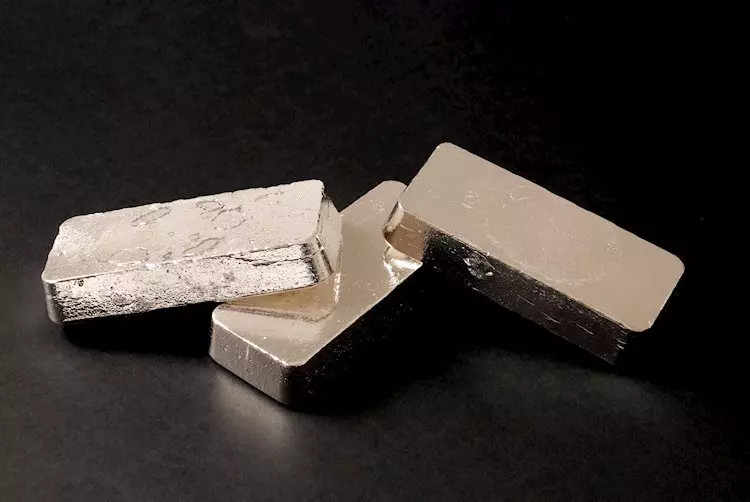Recently, the silver market has experienced significant fluctuations, culminating in a notable drop after touching a two-month peak of $31.43. As of now, silver prices are trading at $30.66, reflecting an overall decline of over 1.5%. This movement in prices highlights the inherent volatility in precious metals, which can often be influenced by a variety of economic indicators and investor sentiments. The sharp drop in silver’s price serves as a reminder for investors to stay vigilant and aware of market dynamics.
The significance of price levels in market trading cannot be understated. Analysts suggest that a daily close below the current price of $30.66 could intensify selling pressure and push silver prices towards the psychologically important $30.00 mark. This level not only holds psychological weight but also aligns with key technical indicators, such as the 100-day moving average (DMA) and the 50-day moving average. These moving averages serve as vital references for traders looking to assess momentum and potential reversal points in the market.
Conversely, if silver maintains its position above $31.00, there’s potential for a rally back towards the recent high of $31.44 achieved on September 20. This resistance level represents an opportunity for buyers to re-enter, especially if broader market conditions turn favorable. Traders often utilize such levels to inform their strategies, and the ability of silver to reclaim this threshold could signal a renewed bullish sentiment.
The current fluctuation in silver prices can be attributed to several macroeconomic factors. Global economic conditions, interest rates, and inflation are significant influencers of precious metals. Investors typically turn to silver as a hedge against inflation and currency devaluation. Thus, any shifts in these economic indicators could lead to increased volatility in silver prices.
Moreover, geopolitical events and shifts in demand among industrial users of silver also play a crucial role in determining price movements. The industrial demand for silver, especially in sectors like electronics and solar energy, continually impacts its attractiveness as an investment.
Strategizing for Future Movements
Investors need to approach the silver market with caution, particularly in light of the recent price declines and the critical levels outlined above. It is essential to continually analyze both technical chart patterns and macroeconomic indicators to gauge where the market may head next. Those participating in this market must consider their risk tolerance and design a strategy that accommodates potential fluctuations while aiming for sustainable gains.
While the recent dip in silver prices poses challenges, it also presents opportunities for astute investors. Staying informed and engaged with market trends will be key to navigating the inherent uncertainties of precious metals trading effectively. Whether the prices head toward new highs or stabilize at current levels, the landscape remains dynamic and warrants careful observation.

